Growing Awareness of Home Security
There is a notable increase in consumer awareness regarding home security, which is significantly influencing the Electronic Home Locks Market. As individuals become more informed about the risks associated with traditional locking systems, they are more inclined to invest in electronic locks that provide enhanced security features. Surveys indicate that nearly 60% of homeowners prioritize security when making purchasing decisions related to home improvements. This heightened awareness is driving demand for electronic locks, as consumers seek solutions that offer peace of mind and protection against potential threats. Consequently, the Electronic Home Locks Market is poised for growth as more individuals recognize the importance of securing their homes.
Integration with Smart Home Technology
The integration of electronic home locks with smart home technology is a pivotal driver for the Electronic Home Locks Market. As smart home systems gain traction, consumers are increasingly looking for locking solutions that seamlessly integrate with their existing devices. This trend is evidenced by the fact that approximately 40% of new home buyers express interest in smart home features, including electronic locks. The ability to control locks remotely, receive alerts, and monitor access through smartphones enhances the overall user experience. As smart home technology continues to evolve, the Electronic Home Locks Market is expected to expand, driven by the demand for interconnected security solutions that offer convenience and peace of mind.
Rising Urbanization and Population Density
Urbanization and increasing population density are contributing factors to the growth of the Electronic Home Locks Market. As more people move to urban areas, the demand for secure living environments intensifies. High-density living often leads to concerns about safety and security, prompting residents to seek advanced locking solutions. The market data suggests that urban areas are witnessing a 25% increase in the installation of electronic locks compared to suburban regions. This trend indicates a shift in consumer preferences towards electronic home locks as a means of enhancing security in densely populated settings. The Electronic Home Locks Market is likely to benefit from this urban-centric demand for innovative security solutions.
Increased Focus on Aesthetics and Customization
The Electronic Home Locks Market is witnessing a growing emphasis on aesthetics and customization options. Consumers are increasingly seeking locking solutions that not only provide security but also complement their home decor. This trend is reflected in the market, where manufacturers are offering a variety of designs, finishes, and functionalities to cater to diverse consumer preferences. Data indicates that nearly 35% of consumers consider the appearance of a lock as a crucial factor in their purchasing decision. As the demand for personalized and visually appealing security solutions rises, the Electronic Home Locks Market is likely to adapt by providing a wider range of customizable options that meet the aesthetic needs of consumers.
Technological Advancements in Security Solutions
The Electronic Home Locks Market is experiencing a surge in technological advancements that enhance security features. Innovations such as biometric recognition, mobile app integration, and remote access capabilities are becoming increasingly prevalent. These advancements not only improve user convenience but also bolster security measures, making homes less susceptible to unauthorized access. According to recent data, the adoption of smart locks has increased by approximately 30% over the past year, indicating a strong consumer preference for advanced security solutions. As technology continues to evolve, the Electronic Home Locks Market is likely to witness further growth driven by the demand for sophisticated locking mechanisms that offer both security and convenience.


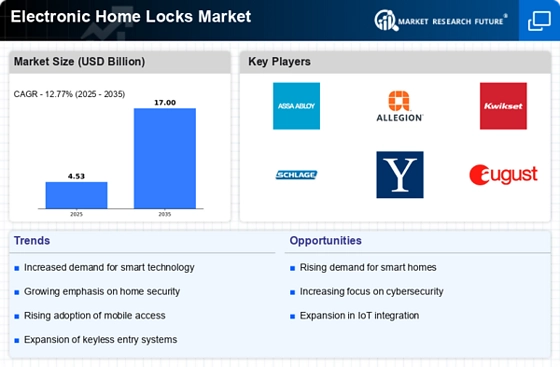
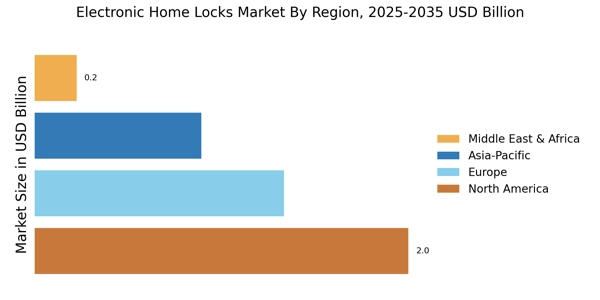
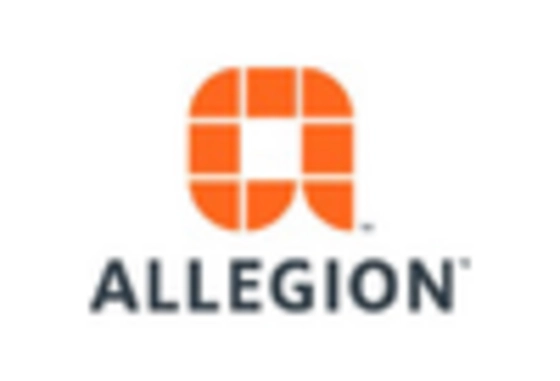
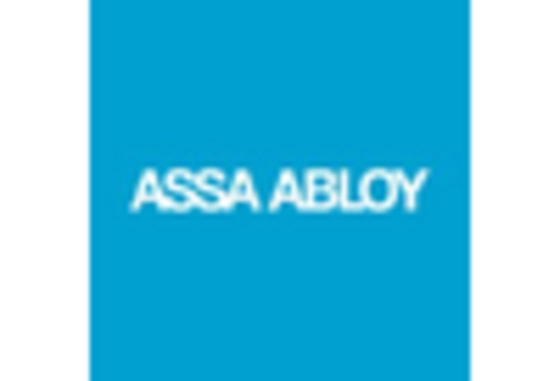
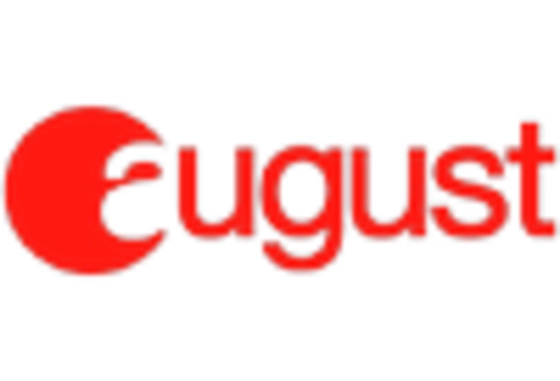
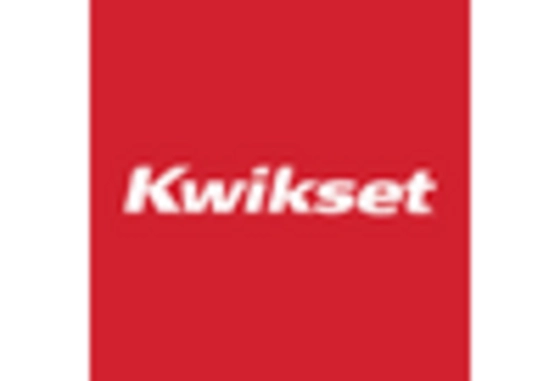
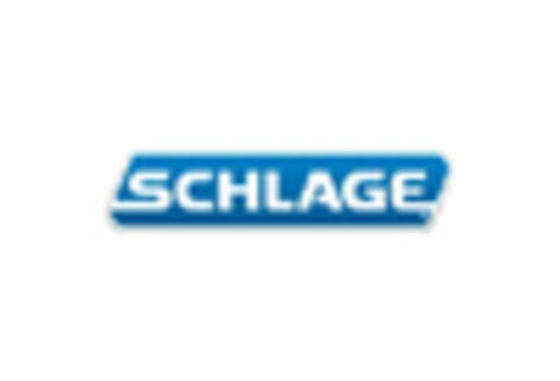









Leave a Comment